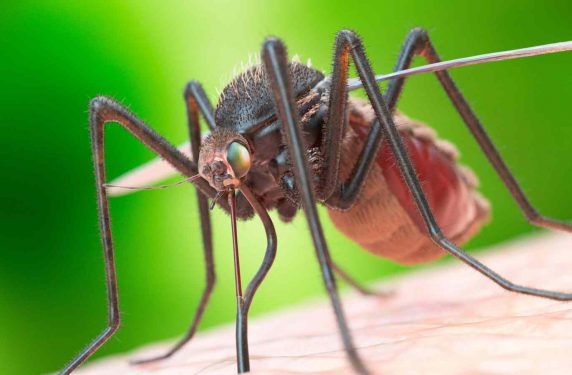Learning Objectives
This module brings you all the latest on managing illness in the returning traveller, including:
- Distinguishing different causes of traveller’s diarrhoea
- When to use antibiotics
- How to investigate potential malaria
- Advising patients about Zika virus
Authors
Dr Naina McCann is a specialist registrar in infectious disease at University College Hospital London and Dr Anna Checkley is a consultant in tropical and infectious diseases at the Hospital for Tropical Diseases, London.
Case 1
Miss B, a 25-year-old backpacker, attends her GP with diarrhoea and abdominal bloating. Her symptoms started three weeks ago when she was travelling in India. She returned to the UK five days ago and her symptoms have continued. She is worried as she thinks she may have lost some weight.
What is the most likely diagnosis, and what are the most likely causes?
The most likely diagnosis is travellers’ diarrhoea.
Travellers’ diarrhoea is defined as an increase in frequency of bowel movements to three or more loose stools per day occurring during, or within 10 days of, a trip abroad, usually to a less economically developed region.1
The various causes of travellers’ diarrhoea are listed here:
| Presentation | Pathogen | Specific features |
|---|---|---|
|
Acute watery diarrhoea |
Enterotoxigenic E.coli (ETEC) |
Most common cause of travellers’ diarrhoea. Abdominal cramping common |
|
|
Enteroaggregative E.coli (EAEC) |
May be persistent |
|
|
Salmonella |
Fevers common, cramps, vomiting |
|
Acute bloody diarrhoea |
Shigella |
Fevers, cramps, tenesmus, may be persistent. MSM is risk factor |
|
|
Campylobacter |
Fevers, cramps |
|
|
Enteomoeba histolytica |
Lower abdominal pain, tenesmus, fevers, can be chronic |
|
Acute diarrhoea with vomiting |
Norovirus |
Rapid onset, vomiting predominant |
|
|
Rotavirus |
Cramps, fever |
|
Chronic diarrhoea (>14 days) |
Giardia |
Bloating, flatulence, steatorrhoea |
|
|
Cryptosporidium |
Cramping |
Other possible causes should also be considered:
- Clostridium difficile (C. diff) if recent antibiotic use (may be bloody).
- HIV if history suggests possible exposure.
- Non-infective causes (e.g. coeliac disease, hyperthyroidism).
The most likely cause here is parasitic traveller’s diarrhoea as the symptoms have lasted more than 14 days.
What investigations will you request at this point?
Click here to read the full article and download your certificate logging 1.5 CPD hours towards revalidation
Not a Pulse Learning member? Click here to join and gain access to over 400 CPD modules
Pulse July survey
Take our July 2025 survey to potentially win £1.000 worth of tokens














